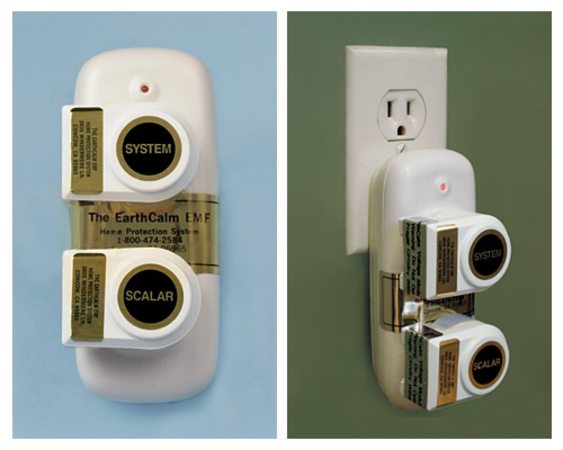Wearing Proof apparel is designed to help you be able to work, live or play with more ease. These clothes update your daily basics with the most recent methods of construction and high-performance fabrics. When you're on the move or in cities, be prepared with the correct proof clothing to meet your requirements. From sweatshirts to tees, you'll be able to rest assured knowing you're protected.
Protection against microorganisms
The wearing of medical protective clothing is essential for a medical professional. emf proof clothing provides three-level protection against microorganisms, and is particularly useful in operating rooms and infectious diseases departments. emf proof has an antibacterial coating and ventilation to keep users user dry. Furthermore, these protective clothes can be used in emergencies such as disaster relief. The primary purpose of these garments is to protect the body from contracting infection after coming into contact with infectious substances.
Antibacterial clothing protects against fungal and bacterial pathogens, including influenza viruses. It blocks an increase in the number of bacteria and other microorganisms through biocidal and biostatic agents. Furthermore, the antibacterial fabric affects the pathogens' internal systems, such as the membrane of cells, DNA, and proteins. Furthermore, antiviral clothes are effective in protecting people from viruses like influenza however it doesn't stop the spread of the disease because it is airborne.

emf proof on protective apparel have allowed to reuse fabric to kill pathogens. One of the innovations uses catalysts within fabrics' cavities in order to kill viruses and bacteria. Furthermore, a brand new nanomaterial that is combined with textile fibers is capable of destroying nerve agents. This material is a promising material for protective clothing.
Protection from pesticides
Chemical-resistant clothing is among the most effective ways to shield yourself from the hazards of pesticides as well as other chemicals. These clothing items are designed to shield you from the damaging impacts that these substances can have. They can be worn with work coveralls or a PVC rain suit.
The effectiveness of pesticide protection is contingent on the fabric type and repellent finish. 100 100% cotton fabric is the best option. However, they can be heavier. Other elements can affect the degree of protection. For example the presence of a repellent finish and the weight of the garment can affect the penetration of pesticides. Additional studies are required to determine the effectiveness of protective clothing. However the best method for making an educated choice is to look up the product label.
The use of chemical-resistant gloves is also suggested. Certain pesticide labels require people to wear them. However, certain pesticides don't require gloves. The gloves must be waterproof and made of Nitrile or another chemical-resistant material. They must be long enough to protect the wrist. The latex gloves aren't chemical-resistant, so it is better to purchase Nitrile gloves.
Security from pickpockets
One of the best methods to safeguard yourself from pickpockets is by wearing pickpocket-proof clothing. These clothing items have hidden compartments to ensure your valuables are safe. Some of them are zippered to prevent robbers from accessing your personal belongings.
Additionally, when you are being in a pickpocket-proof outfit In addition, you must be aware of the surroundings. Avoid crowds or unusual interactions. If you can, don't place your valuables in a loose pocket. It is also advisable to keep your day bag against your chest. Some prefer to carry their bags to carry their day over their shoulders, however this can make you vulnerable to robbery. Also, be aware of turnstiles on subways, as thieves sometimes lurk behind them. Having your back turned will allow a pickpocket to quickly take your purse and then run away. Keep your eyes and ears on all times so that you never need to confront this kind of situation.
If you're traveling to a foreign country, you must always have an extra bag for your crossbody. This will let you keep an eye on your possessions. Be careful not to display your wealth by hiding your wallet or other valuables. Do not wear expensive jewelry while traveling since it implies you have important items in your bag.
Protection against chemicals
Chemical protective clothing should not just be tough, but additionally be comfortable. Its outer layers are typically composed of polyurethane foam as well as activated carbon. This material has excellent resistance to laboratory-grade chemicals and gives strong durability. Its middle part is comprised of cotton, and provides the comfort and absorption. Its outer surface is finished with an anti-water repellent chemical, like NUVA HPU.
The occupational exposure levels for chemicals are identified on the safety data sheets (SDSs). The SDS will provide employees with information about the dangers posed by a chemical. A "skin notation" next to an occupational exposure level means that the chemical can be absorbed into the skin and cause intoxication, cancer, or other adverse effects. These sheets will also offer suggestions for clothing that is safe. Member state laws and European directives cover the protection of workers against chemical agents at work.
The right protection clothing is vital for each employee. First, employees should wear gloves. The exposure to chemicals can harm the arms, hands, and various other areas that comprise the human body. Based on the nature of job, workers will be more likely to get chemical spills on their hands.
